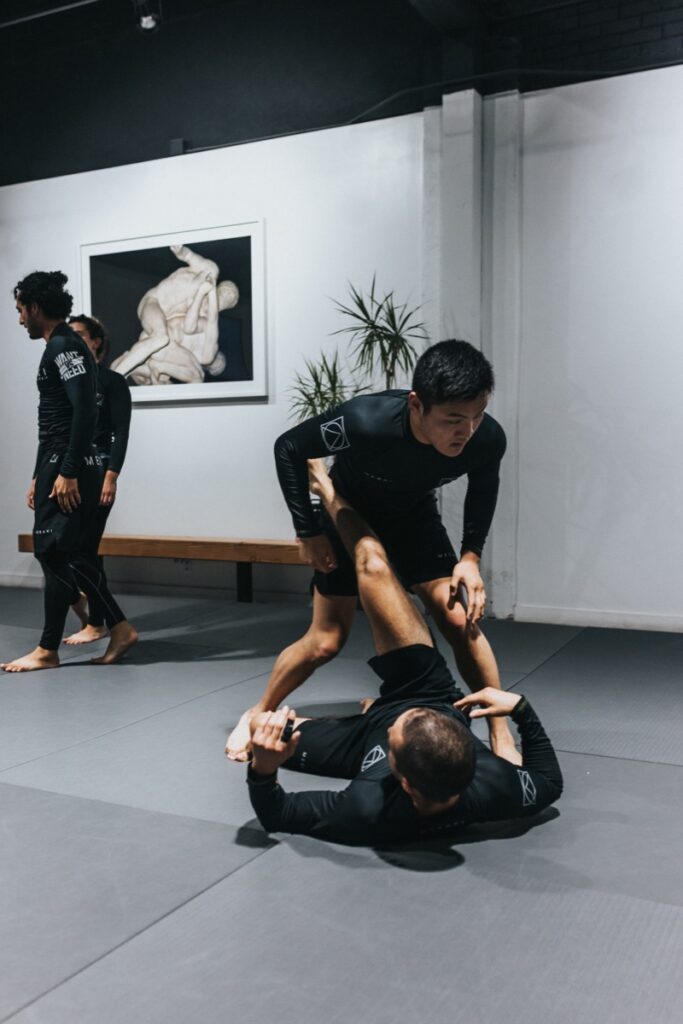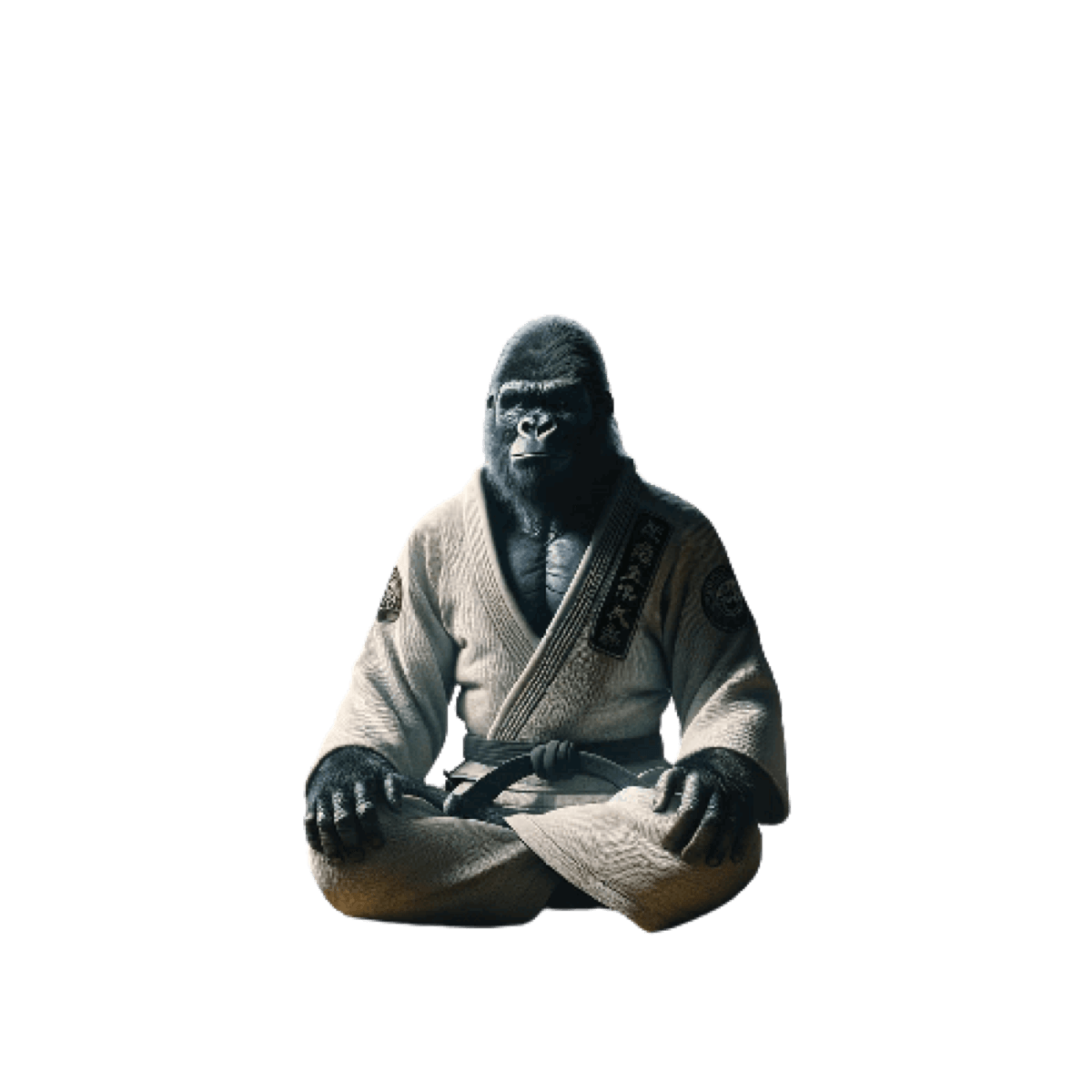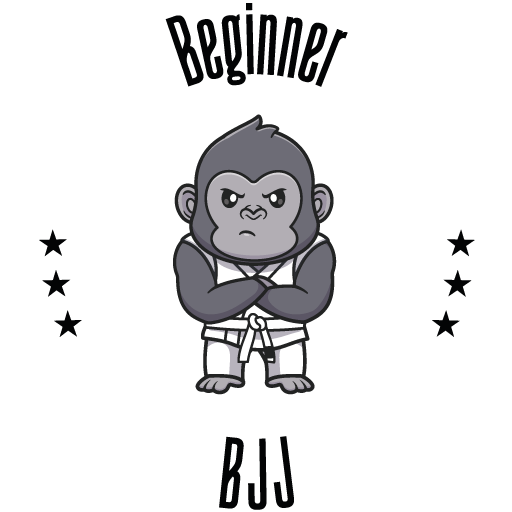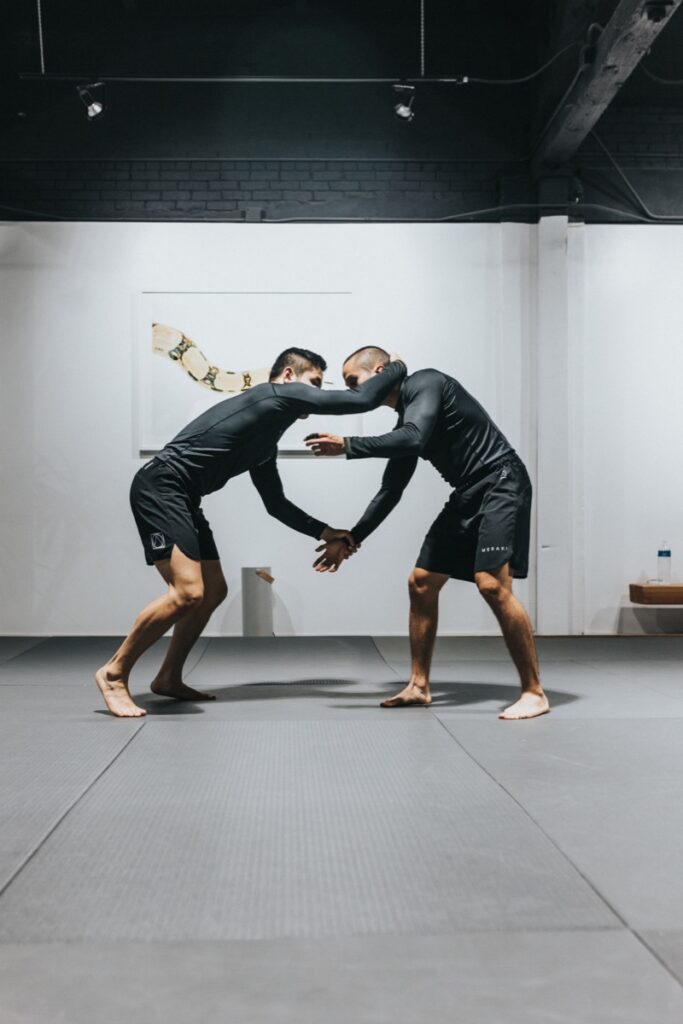Menu
Close
BJJ Drills and Exercises: Master Your Techniques with Practice
Understanding the importance of drills and exercises in improving BJJ techniques

BJJ drills and exercises: Your path to mastery in Brazilian Jiu-Jitsu
Welcome to your training ground, where every Brazilian Jiu-Jitsu (BJJ) beginner gets to sharpen their skills. Drills and exercises are crucial in your journey to master BJJ techniques. They provide the repetition necessary to instil techniques into your muscle memory. As the saying goes, “Practice makes perfect,” and in the world of BJJ, drills and exercises are your perfect practice partners.
Whether you’re focusing on BJJ solo drills, working on your footwork, or taking the plunge into jiu-jitsu rolling drills, you’ll see genuine progress through consistent, targeted practice. Are you a white belt just starting? We’ve got BJJ solo drills for beginners too! We aim to provide you with the knowledge, resources, and motivation to keep improving, one drill at a time.
So lace up, gear up, and get ready to embark on continuous learning and improvement, fuelled by the art and science of BJJ drills and exercises. Let’s roll!
Essential Solo Drills for BJJ Beginners
Warming Up for Victory: BJJ Warm-Up Drills
Before you dive headfirst into the world of BJJ techniques and principles, let’s warm up. Warming up prepares your body for the rigorous BJJ session ahead and helps prevent injuries.
BJJ warm-up drills are designed to get your body into the groove, focusing on the muscle groups and movements you’ll use most during training.
Whether you’re a seasoned grappler or just dipping your toes into BJJ solo drills for beginners, warming up is essential to any training session. Let’s go through a few of the fundamental warm-up drills that will get your heart pumping and your muscles ready for action:
Forward and backward rolls
These simple yet effective drills prepare your body for the tumbling and rolling involved in BJJ. Not only do they improve your balance, but they also help you get used to the sensation of rolling, which is crucial in BJJ.
Shrimp drill
The shrimp drill, or hip escape, is one of the most fundamental movements in BJJ. This drill improves your ability to create space between you and your opponent, which can be the key to escaping a bad position.
Breakfall drill
In BJJ, knowing how to fall without hurting yourself is as important as knowing how to throw. The break fall drill teaches you how to hit the mat after takedown safely.
So there you have it, a beginner-friendly guide to warming up for BJJ. Remember, whether you’re working on BJJ solo or partnered drills, starting with a good warm-up is a rule of thumb. Now that you’re all warmed up let’s get into the meat of BJJ drills and exercises. BJJ white belt solo, footwork, and rolling drills are next.
Stand firm, move smart: BJJ footwork drills
Footwork is the unsung hero of Brazilian Jiu-Jitsu success. Efficient and strategic footwork can help you defend against attacks, execute techniques, and conserve energy during a match. Mastering BJJ footwork drills will enhance your agility and balance and give you a solid foundation upon which to build your BJJ skills.
Ready to give your feet the attention they deserve? Let’s delve into some essential BJJ footwork drills:
The pendulum drill
This drill focuses on improving the fluidity and precision of your footwork. It teaches you how to effectively shift your weight, enabling you to move quickly and maintain balance during combat.
The triangle drill
Named for the shape your feet make as they move, this drill improves your lateral movement and agility. It’s a must for those looking to evade attacks and control the mat.
The circle drill
This drill works on your ability to move around your opponent while maintaining a solid base and good posture. It’s all about controlling distance and angling effectively.
These drills might seem basic initially, but they are crucial for developing good BJJ habits. Remember, BJJ isn’t just about the fancy throws and submissions—it’s also about the small, fundamental movements that get you into the proper position. Now that we’ve tackled footwork, let’s roll into the following section: Jiu-Jitsu rolling drills.
Refine your rolling: Jiu-Jitsu rolling drills
Jiu-Jitsu rolling drills, or ‘rolling’ as often called, is one of the most critical aspects of BJJ training. It’s a live, controlled sparring that lets practitioners apply their techniques in a fluid and dynamic setting. It enhances timing, reflexes and helps you understand how to apply techniques against a resisting opponent. Most importantly, rolling helps you to remain calm under pressure and think strategically. Here are a few rolling drills for you to incorporate into your training regimen:
Positional rolling drill
In this drill, one person starts in a specific position, such as a mount or side control. The goal is maintaining the position while the other person attempts to escape.
Submission rolling drill
This rolling drill is all about applying specific submission techniques. The idea is to start from a particular submission and try to execute it while your partner resists.
Shark tank drill
A stamina-focused drill where one must roll with a new partner every minute without rest. This is a high-intensity drill that simulates the feeling of competition.
The beauty of Jiu-Jitsu rolling drills lies in the balance between technical learning and practical application. They’re the bridge between the techniques you’ve learnt and the unpredictable nature of a live match. Let’s move to our next section to learn more about solo drills. They’re a perfect way to improve your BJJ skills, especially when training partners are not available.
Harness Synergy: BJJ Partner Drills
Brazilian Jiu-Jitsu is a martial art built upon the foundation of cooperation and mutual growth. Engaging in BJJ partner drills is an effective way to improve your techniques, leverage, and timing while fostering camaraderie with your training partner. Here’s an overview of some essential BJJ partner drills that will elevate your skills to the next level:
Guard passing drill
One partner assumes the guard position while the other tries to pass. This drill is ideal for improving guard retention for one partner and guard passing techniques for the other.
Takedown drills
Practising takedowns is an essential part of BJJ, and there’s no better way to master them than with a partner. Drills like the collar drag takedown or single-leg takedown will boost your confidence during standing engagements.
Submission defence drills
The focus is escaping from common submissions. One partner applies a submission hold, such as an armbar or choke, and the other works on escaping it safely and efficiently.
Positional sparring drill
This dynamic drill is where each partner takes turns starting from a specific position, like the mount, back control, or side control. The aim is to escape from one partner and maintain control of the other. This drill improves positional awareness, control, and transition smoothness.
Remember, patience and consistency are keys to improvement in BJJ. Use these partner drills to complement your BJJ training and take your skills to the next level. It’s not about who’s the strongest or fastest. It’s about who’s willing to learn, improve and persist. Enjoy your training, and always respect your partner.
Essential Gear for BJJ Drills and Exercises
When mastering your BJJ drills and exercises, having the right gear is a vital part of the process. The equipment you choose not only influences your performance but also impacts your safety and comfort during training.
Gi: The kimono is the traditional uniform worn in Brazilian Jiu-Jitsu. Whether you’re practising your BJJ solo drills or partner drills, a well-fitted Gi offers unrestricted movement, which is crucial for executing techniques.
No-Gi Attire: This includes rash guards and grappling shorts, perfect for those training sessions when you aren’t using a Gi. They are designed to prevent skin burns while providing ample flexibility.
Mouth Guard: BJJ involves a lot of physical contact. A mouth guard protects your teeth during drills and sparring sessions, so you can focus more on perfecting your technique and less on potential injuries.
Training Mat: A good quality training mat must ensure safety and comfort if you’re practising your BJJ solo drills for beginners or BJJ footwork drills at home.
We’ve curated a list of top-rated products to help you find the best BJJ gear in the market. Check out our [gear reviews] for in-depth analysis and recommendations.
Remember, while equipment can aid your BJJ journey, the key to progress lies in regular practice, resilience, and dedication to learning. Keep drilling and rolling, and improvement will follow.


Frequently Asked Questions about BJJ Drills and Exercises
We hope these answers help you better understand the importance of drills and exercises in BJJ. Remember, consistent practice and dedication to learning are the cornerstones of progress in Brazilian Jiu-Jitsu. Keep drilling, and you’ll keep improving!
How often should I practice BJJ solo drills for beginners?
Regular practice is essential when it comes to mastering Brazilian Jiu-Jitsu. Incorporating BJJ solo drills into your daily routine, even for 15-30 minutes, can significantly improve your techniques and agility.
Why are BJJ footwork drills essential?
Footwork is the foundation of any martial art, including BJJ. Effective footwork drills enhance mobility, balance, and timing, enabling you to execute techniques more efficiently and evade your opponent’s attacks.
Are Jiu-Jitsu rolling drills necessary even if I'm not planning to compete?
Absolutely! Rolling drills are for more than just competitors. They simulate actual sparring scenarios, helping you apply learned techniques and strategize effectively, making them essential for every BJJ practitioner.
What are some effective BJJ warm-up drills?
Warm-up drills like forward/backward rolls, shrimping, and “spider-man” walks are popular as they target key muscle groups used in BJJ. They also improve flexibility and mobility, preparing your body for intensive training.
What gear do I need for BJJ drills and exercises?
The essential items are:
- A well-fitted Gi or No-Gi attire.
- A mouth guard for safety during sparring.
- A quality training mat for home practice.
Check out our BJJ gear guide for in-depth reviews and recommendations.
Embarking on your BJJ drills journey: Conclusion
Drilling down on the essentials of Brazilian Jiu-Jitsu, from BJJ solo drills for beginners to advanced footwork drills, we’ve explored the vital role that consistent practice plays in developing and honing your BJJ skills. Whether you’re wearing your white belt with pride or have advanced to higher ranks, these drills and exercises, accompanied by the perfect gear, lay the groundwork for success on the mat.
Incorporating BJJ warm-up drills into your routine warms up the body, priming it for intense physical activity and reducing the risk of injury. Footwork drills, often under-appreciated, are the foundation of your mobility and control in grappling scenarios. Jiu-Jitsu rolling drills are essential to transition theoretical learning into practical application, preparing you for real-world sparring situations.
Remember, every Brazilian Jiu-Jitsu master was once a beginner, too. The key is consistency and a willingness to learn – step by step, drill by drill. We encourage you to try these drills and exercises, adapt them to your level and see your BJJ skills flourish.
We’re thrilled to have you in our dedicated BJJ beginners’ community. To stay updated on the latest drills, techniques, and BJJ training tips, subscribe to our newsletter. Welcome to your journey in the dynamic, strategic, and empowering world of Brazilian Jiu-Jitsu. Here’s to mastering the mat, one drill at a time!



